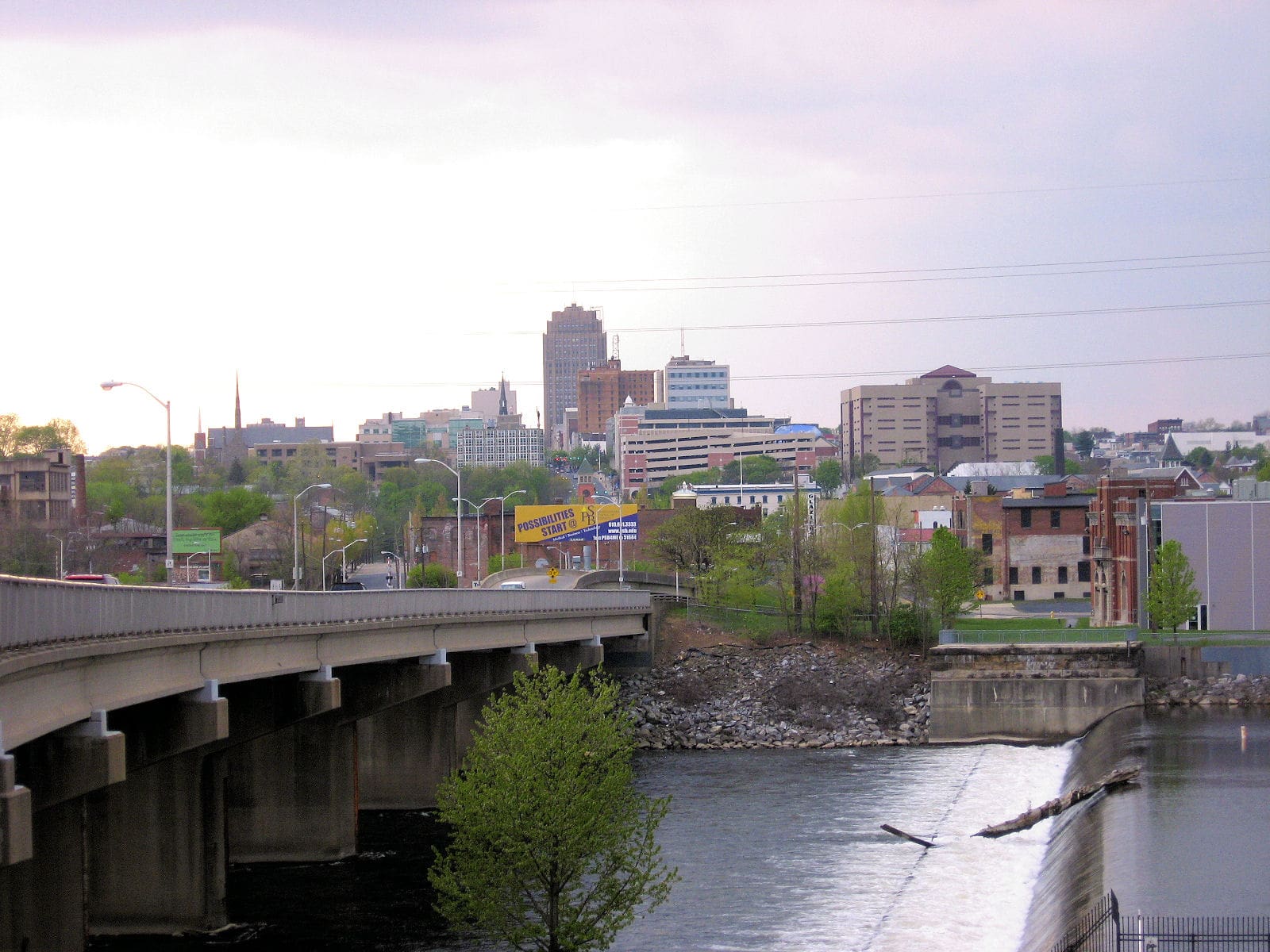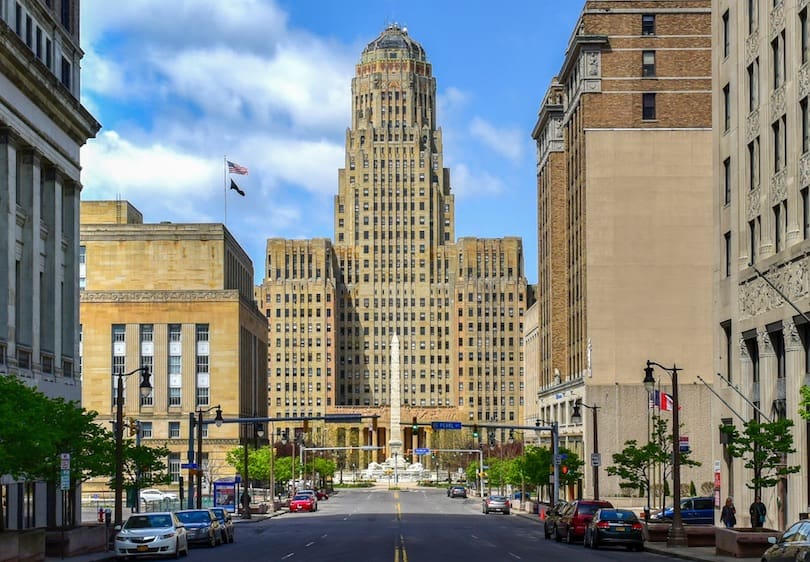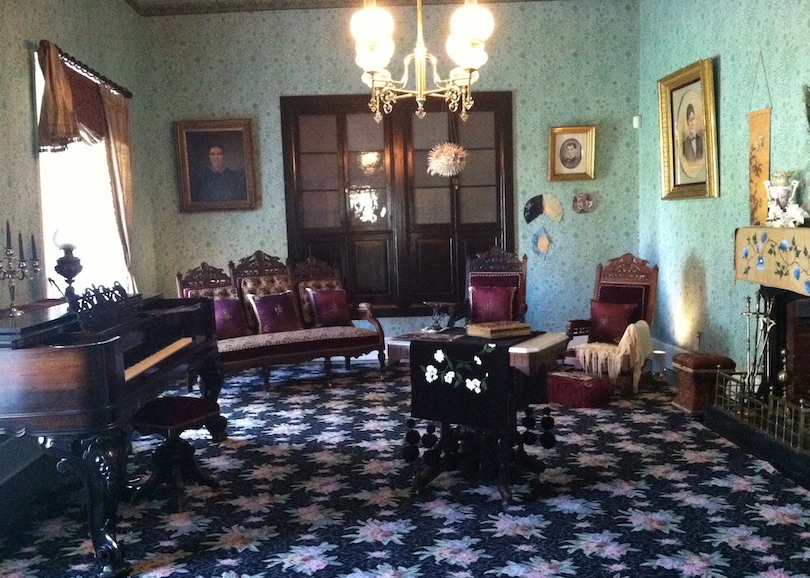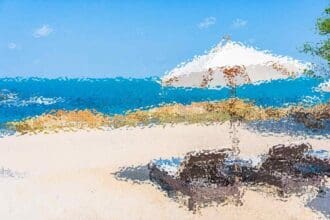Are you planning a trip to Croatia? With its stunning natural beauty, rich cultural heritage, and warm Mediterranean climate, Croatia has become one of the most popular tourist destinations in Europe. In this article, we will guide you through the ten best places to visit in Croatia, from the vibrant city of Zagreb to the breathtaking Plitvice Lakes National Park.
Introduction
Croatia, located in Central Europe, boasts stunning beaches, crystal-clear waters, beautiful national parks, and a rich cultural heritage. Croatia has become a popular destination for travelers worldwide, and it is easy to see why. With a mix of ancient Roman ruins, medieval castles, and pristine natural landscapes, Croatia has something to offer for everyone.
In this article, we will guide you through the ten best places to visit in Croatia. So let’s dive in!
Zagreb
The capital city of Croatia, Zagreb, is a vibrant and lively city that has something to offer for everyone. The city’s rich history can be seen in its stunning architecture, such as the Gothic-style Cathedral of Zagreb and the 13th-century St. Mark’s Church.
Zagreb also boasts numerous museums, art galleries, and cultural events. The Museum of Broken Relationships is a unique museum that showcases objects and stories from failed relationships. For foodies, the Dolac Market is a must-visit destination to experience Croatian cuisine.
Split
Split is the second-largest city in Croatia and is famous for its stunning Diocletian’s Palace, which is a UNESCO World Heritage site. The palace was built by the Roman Emperor Diocletian in the 4th century and is one of the best-preserved Roman ruins in the world.
The city also has numerous beaches, including the popular Bacvice beach, where you can enjoy sunbathing, swimming, and water sports. For those interested in history, the Archaeological Museum of Split houses artifacts dating back to the Roman era.
Dubrovnik
Dubrovnik is one of the most famous tourist destinations in Croatia and is known as the “Pearl of the Adriatic.” The city’s old town is a UNESCO World Heritage site and is surrounded by well-preserved walls that date back to the 13th century.
Visitors can enjoy the city’s stunning architecture, such as the Rector’s Palace and the Cathedral of the Assumption. For Game of Thrones fans, Dubrovnik was used as a filming location for the popular TV series.
Plitvice Lakes National Park
The Plitvice Lakes National Park is one of the most beautiful natural landscapes in Croatia and is a UNESCO World Heritage site. The park is home to sixteen interconnected lakes and numerous waterfalls, making it a perfect destination for nature lovers.
Visitors can explore the park’s walking trails, take a boat ride across the lakes, or even go hiking. The park is also home to a variety of wildlife, including bears, wolves, and deer.
Hvar Island
Hvar Island is one of the most popular destinations in Croatia, known for its stunning beaches, crystal-clear waters, and vibrant nightlife. Visitors can enjoy the island’s stunning natural beauty, such as the Pakleni Islands, or explore the island’s historical landmarks, such as the Hvar Fortress.
The island is also famous for its wine production, with numerous vineyards offering wine tastings and tours.
Zadar
Located in Northern Dalmatia, Zadar is a historic coastal city known for its rich cultural heritage and stunning natural beauty. The city is home to numerous historical landmarks, including the Roman Forum, the Church of St. Donatus, and the 9th-century St. Mary’s Church.
Zadar also boasts a beautiful waterfront, where visitors can enjoy stunning views of the Adriatic Sea and the famous Sea Organ. The Sea Organ is a unique art installation that uses the motion of the waves to create musical sounds, making it a must-visit destination for music lovers.
Rovinj
Rovinj is a charming coastal town located on the Istrian Peninsula, known for its stunning Venetian-style architecture and beautiful beaches. The town’s old town is a maze of narrow streets and colorful buildings, making it a perfect destination for exploring.
The town’s most famous landmark is the St. Euphemia Church, which offers stunning views of the town and the surrounding coastline. Visitors can also enjoy the town’s numerous art galleries, boutiques, and restaurants.
Pula
Pula is a historic city located on the southern tip of the Istrian Peninsula, known for its well-preserved Roman ruins and stunning beaches. The city’s most famous landmark is the Pula Arena, one of the best-preserved Roman amphitheaters in the world.
Visitors can also explore the city’s numerous historical landmarks, such as the Arch of the Sergii and the Temple of Augustus. For those interested in nature, the Kamenjak National Park is a must-visit destination, with stunning beaches, crystal-clear waters, and unique rock formations.
Trogir
Trogir is a historic coastal town located on the Adriatic coast, known for its stunning medieval architecture and picturesque waterfront. The town’s old town is a UNESCO World Heritage site and is home to numerous historical landmarks, including the St. Lawrence Cathedral and the Kamerlengo Fortress.
Visitors can also enjoy the town’s numerous art galleries, museums, and restaurants. For those interested in nature, the nearby Krka National Park offers stunning waterfalls and hiking trails.
Conclusion
Croatia is a beautiful country with a rich cultural heritage, stunning natural landscapes, and warm Mediterranean climate. From the vibrant city of Zagreb to the breathtaking Plitvice Lakes National Park, Croatia has something to offer for everyone.
We hope this guide has helped you plan your next trip to Croatia and has given you an idea of the best places to visit in the country.
FAQs
- What is the best time to visit Croatia?
- The best time to visit Croatia is between May and September when the weather is warm and sunny.
- Do I need a visa to visit Croatia?
- Citizens of the EU and many other countries do not need a visa to visit Croatia. Check with your local embassy to see if you need a visa.
- What is the currency used in Croatia?
- The currency used in Croatia is the Croatian Kuna (HRK).
- Is English widely spoken in Croatia?
- Yes, English is widely spoken in Croatia, especially in tourist areas.
- What is the transportation system like in Croatia?
- Croatia has a well-developed transportation system, including buses, trains, and ferries. Taxis and rental cars are also available.














